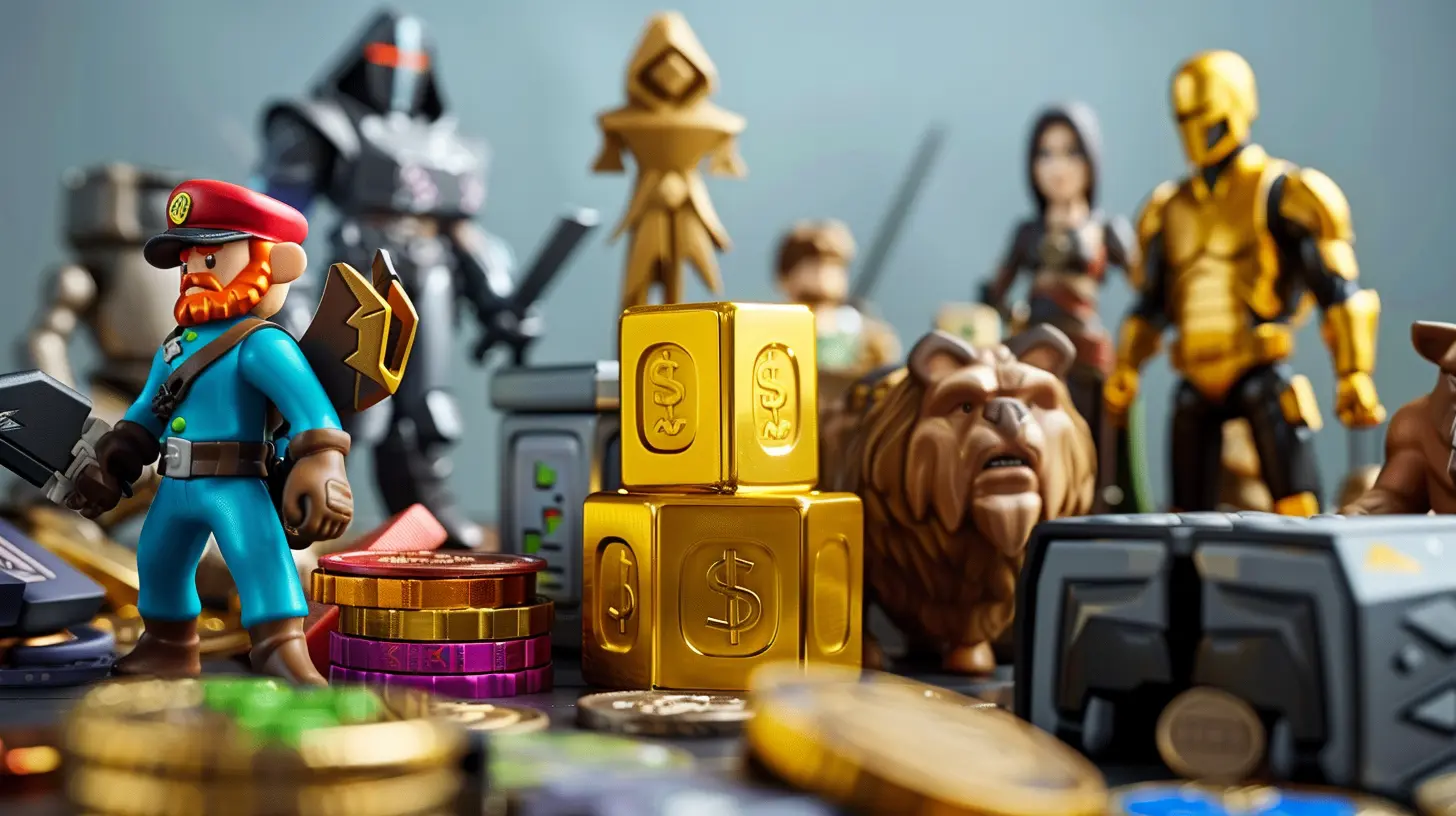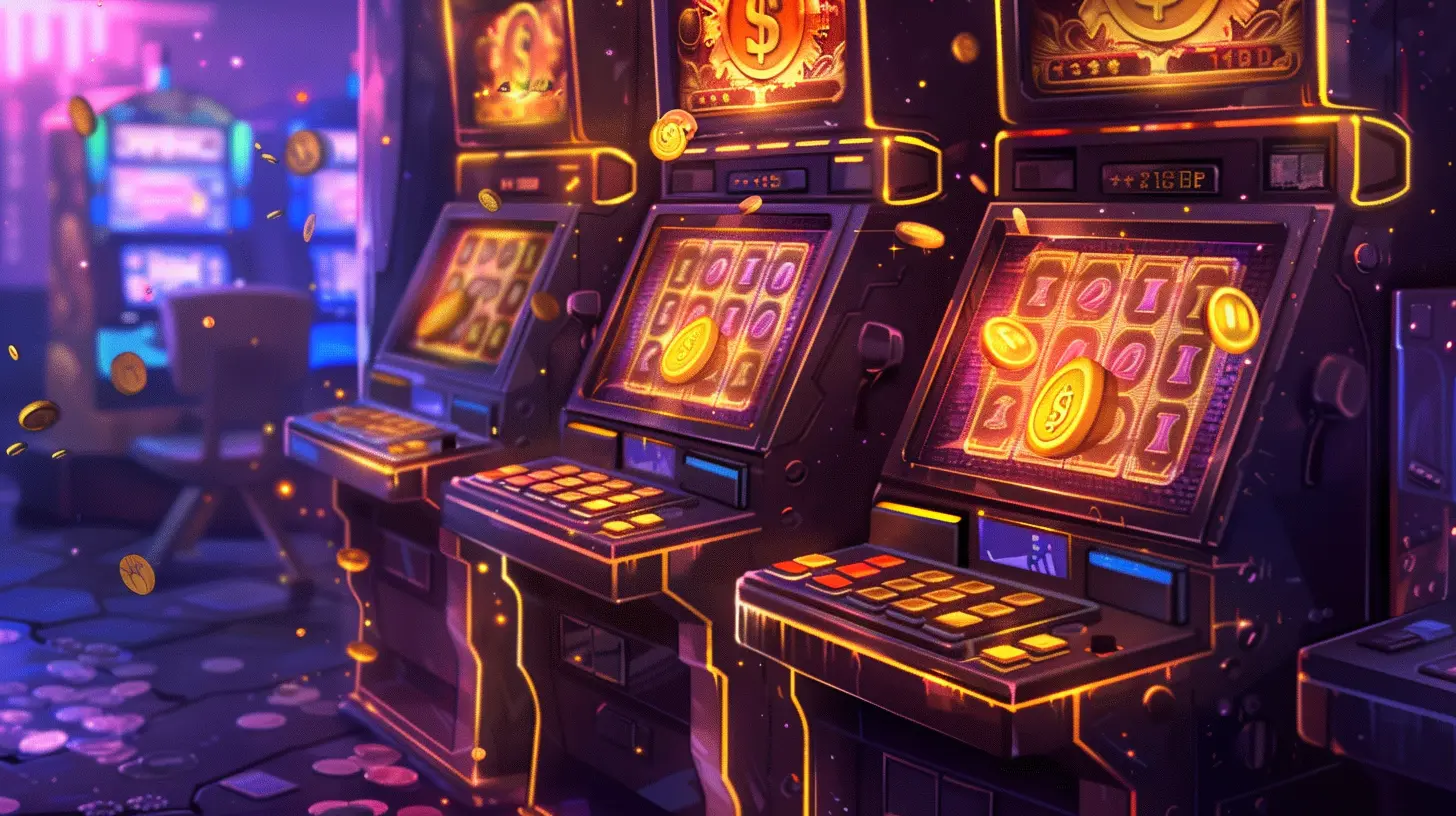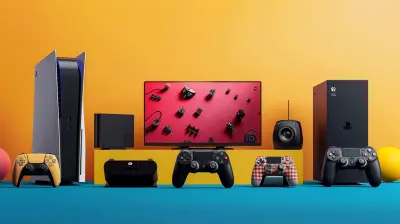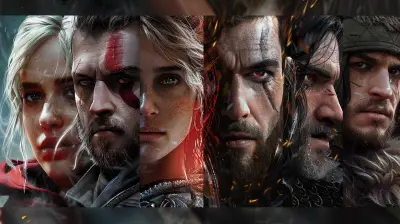23 January 2025
Microtransactions. Ah, the word alone could spark a debate strong enough to rival heated family dinners—or at least get every gamer at the table flipping their chairs. Love them or hate them, microtransactions have become a massive part of modern gaming. From unlocking that sleek new outfit for your character to acquiring power-ups that supposedly make you an unstoppable force, they’ve infiltrated games of every genre and platform.
But here’s the thing—what are they really doing to the overall gaming experience? Are they enriching the games we love, or are they slowly tearing apart the joy of just grabbing a controller and diving into a virtual world? Let’s break it down, shall we?
What Are Microtransactions?
Before we dive too deep, let’s clear the air for anyone new to the term. Microtransactions are basically small payments you make within a game, typically for virtual goods, skins, extra lives, or even time-saving perks. Think of them as the digital version of buying a snack from a vending machine—it’s quick, it’s tempting, and more often than not, you’ll find yourself going back for more.These little purchases fall into a few categories:
- Cosmetic Items: Skins, outfits, emotes, or anything that makes you or your in-game character stand out.
- Pay-to-Win Items: Items or upgrades that directly affect gameplay, giving players willing to shell out extra cash a competitive advantage.
- Loot Boxes: The lottery of gaming—randomized goodies for a price.
- Season Passes and Battle Passes: Bundled goodies often tied to a game’s lifecycle, like extra rewards or access to exclusive content.
Sounds innocent enough, right? Well, not exactly. 
The Good Stuff: Pros of Microtransactions
Believe it or not, microtransactions aren’t entirely evil. When done right, they can actually improve the gaming experience. Here’s how:1. Longevity of Games
Remember the days when you’d finish a game, pop out the disc, and maybe trade it in for store credit? Microtransactions have flipped that script. Instead of releasing a standalone game, developers now use them to fund ongoing updates, new content, and expansions. That means games like Fortnite, Apex Legends, or Genshin Impact stay fresh for years.Think of it like a favorite TV series that keeps dropping new seasons—except you can decide if you want to pay to "unlock" the next plot twist.
2. Freemium Models Make Gaming Accessible
Not everyone has $60+ to drop on every hot new release. With free-to-play (F2P) games becoming more common, microtransactions help developers recoup costs and keep the servers running. This way, you can hop into games without an upfront cost.It feels a bit like sampling free candy at a store—except if the candy bowl starts looking too good, you might end up buying the whole aisle. But hey, at least you got to try it!
3. Personalization Galore
Who doesn’t want their character to look like a futuristic ninja with neon lights? Microtransactions make in-game customization more exciting than ever. They let players express themselves through their avatars or gameplay style. Want pink camo for your rifle? How about a pet dragon following you around? There’s a skin (or add-on) for everyone.
The Not-So-Good Stuff: Cons of Microtransactions
Alright, we’ve buttered them up enough. Now, let’s talk about where things start to get, well… sticky.1. The Dark Side of Pay-to-Win
Listen, we’ve all been there. You’re in the middle of an intense multiplayer game, and suddenly, someone obliterates you with a weapon you’ve never even seen. Turns out, they bought it with real money.This is the ugly truth behind pay-to-win systems—they create an unbalanced playing field. Those who can afford to spend big bucks will often outperform those who can’t or won’t. Fair competition? Say goodbye to that.
2. The Allure of Loot Boxes
Oh, loot boxes. On the surface, they’re designed to surprise and excite. Buy one, and you might unlock something ultra-rare! But in reality, they can feel frustratingly close to gambling.It’s easy to burn through cash in hopes of landing that prized skin or item, only to end up with duplicates and disappointment. For younger gamers, it’s particularly concerning, as the thrill of RNG (random number generation) can be addictively toxic.
3. Draining Your Wallet (Without You Noticing)
If you’ve ever thought, “It’s just $2,” while buying an item—congratulations, you’ve entered the microtransaction trap. Small purchases don’t seem like a big deal at first, but they add up. Before you know it, you’ve spent way more than the original game price.It’s a little like ordering coffee every day. Sure, it’s only a couple of bucks, but when you check your monthly expenses—ouch.
4. Diluting Genuine Gameplay
One of the biggest criticisms of microtransactions is how they can alter game design for the worse. Developers might slow down progression or add grindy mechanics deliberately to tempt players into spending money to skip the frustration.Instead of rewarding skill and effort, some games start feeling like a hamster wheel with a dollar sign dangling above it. 
What Does This Mean for Players?
As players, we’re stuck in this weird love-hate relationship with microtransactions. On one hand, they’ve become an almost expected feature of modern games, especially free-to-play titles. On the other, they’ve raised questions about ethics, fairness, and even the very nature of fun in gaming.Have you ever paused to ask, “Am I really having fun, or am I just chasing the next shiny thing?” It’s frustrating, but it’s important to figure out what matters most to you when you’re gaming.
Are Developers to Blame?
Honestly? Not entirely. Developing games isn’t cheap—especially not AAA games with massive budgets, sprawling worlds, and hundreds of employees involved. Add in things like server maintenance, constant updates, and extra features, and you start to see why developers turn to microtransactions for revenue.But here’s the thing: there’s a right way and a wrong way to introduce them. Cosmetic-only items that don’t affect gameplay? Sure. But pay-to-win mechanics or excessive grinding to push sales? That’s where the line gets blurry.
Gamers don’t mind supporting developers. We love buying games, expansions, and even some DLC if it’s worth it. But we don’t want to feel milked dry.
Can We Strike a Balance?
So, what’s the happy medium here? Is there even a way to make microtransactions work for everyone without ruining the experience?1. Reward Skill, Not Spending
Games should prioritize rewarding players for their abilities and time investment over how much they’re willing to spend. Fair matchmaking and progression systems can go a long way in building trust with a community.2. Transparency is Key
If there’s a loot box or paid feature, players should know exactly what they’re paying for. Clear odds, descriptions, and no sneaky marketing tricks—simple as that.3. Focus on Quality, Not FOMO
Microtransactions often rely on “fear of missing out” tactics, but they don’t have to. Developers can create enticing, high-quality content without pressuring players into feeling like they’ll miss their chance forever if they don’t buy now.4. Parental Controls are a Must
For younger gamers, safeguards like spending caps, purchase confirmations, and parental controls are essential. No one wants to hear about a 10-year-old racking up $1,000 on skins.Final Thoughts
Microtransactions are here to stay. That’s just the reality of modern gaming. But how they’re implemented can truly make or break the experience. For some, they’re harmless fun—a way to support developers or personalize their characters. For others, they’re a predatory system that’s draining both wallets and enjoyment out of gaming.At the end of the day, it’s all about balance. Developers need to respect their audience, and players need to stay mindful of how they’re spending. And hey, if all else fails, we can always go back to enjoying the simplicity of offline single-player games. No microtransactions, just raw, unfiltered fun.








Solaria Pacheco
Microtransactions can spark both debate and innovation in gaming. While they may divide opinions, they also fund creativity and ongoing development. Embrace the discussions and remember that every game is an opportunity to connect, grow, and experience new adventures together. Let’s celebrate the evolution of our favorite pastime!
February 10, 2025 at 4:36 PM